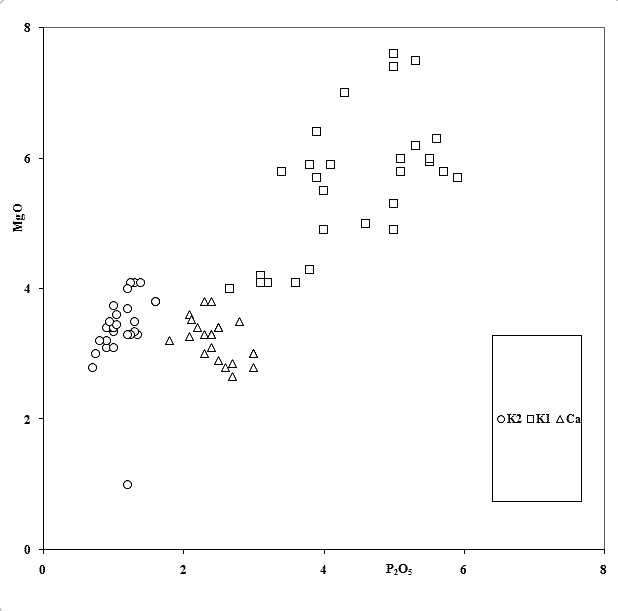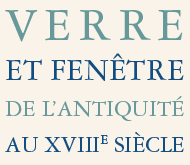
Figure 3 – Graph of MgO versus P2O5 for the potash-lime-silica and the high-lime low-alkali glasses.
The glasses in the Ca group and the high-lime, high-potash group were made by using ashes of continental plants (Wedepohl, 1997). Compared to the soda-lime-silica groups, they are characterised by a lower silica content, traces of BaO (less than 0.1wt% in soda groups) and different CaO/K2O ratios. The potash-lime-silica group can be further differentiated by plotting MgO against P2O5 concentration. Two subgroups arbitrarily labelled K1 (open squares in figure 3) and K2 (MgO and P2O5 content lower than K1, open circles in figure 3) can be separated. The Ca group is also reported (closed triangles) in figure 3. The average composition of the groups and their standard deviation are reported in table 6.

